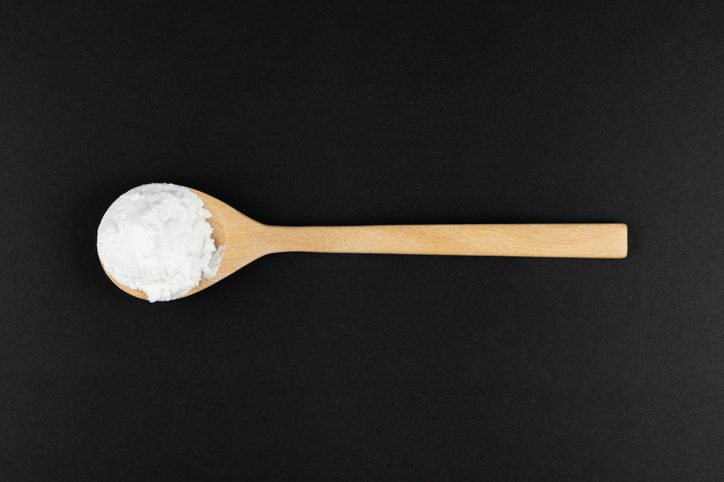Cornstarch: a new secret weapon for runners?
Next run, try cornstarch to maintain steady glycogen levels throughout your workout

Runners are always looking for advantages, whether from the latest shoes, advancements in tech or new nutrition products, but a simple way to get an edge can be found in cornstarch. A study in the journal Nutrition shows that modified cornstarch (called superstarch) can help endurance athletes maintain steady glycogen levels. You can just grab a bag of cornstarch at the grocery store, where going rates are under $2 for 500g, which is a steal.

The creation of superstarch
You’re probably wondering how someone figured this out. Well, in the 1980s, scientists were trying to help children suffering from glycogen storage disease (GSD). GSD causes glycogen buildup in the liver, and it can be fatal if untreated.
RELATED: Why tart cherries could be the newest performance enhancer
Researchers found that eating uncooked cornstarch before bed helped patients maintain their glucose levels for about four and a half hours through the night. This, of course, wasn’t long enough to keep children with GSD free from risk for an entire night of sleeping, so scientists developed a modified version of cornstarch, which they called superstarch, that could maintain their glucose levels for an entire night. Forty years later, this superstarch (or just regular cornstarch) can help athletes.
Superstarch for athletes
Superstarch contains between 500,000 and 700,000 g/mol, which is 250 to 2,000 times larger than the most other complex carbs. While it’s not naturally-occurring, superstarch is quite similar to the cornstarch you can buy in the store. It has a very low osmolality, which means it exits the stomach quickly, therefore you’re less likely to get an upset gastrointestinal system from consuming it during workouts.
RELATED: Sleep: the easiest way to improve performance

Because superstarch necessitates a slow and complete digestion, when you take it, insulin levels don’t spike the way they would with drinks such as Gatorade. Ultimately the carbohydrates are fully absorbed and blood sugar remains stable throughout the activity.
Essentially, superstarch helps you experience fewer peaks and valleys in energy levels, which minimizes your risk of bonking during runs.
How to get your superstarch
A product called UCAN is currently the most popular brand in the superstarch world. The product isn’t cheap, but has a large following of faithful customers.
RELATED: The really ridiculously long grocery list of a male marathoner
If you want to take a more DIY approach, The Planted Runner posted her recipe for homemade cornstarch exercise nutrition. She uses 70 g of cornstarch and a quarter teaspoon of salt mixed with 16 oz of water. She also adds 1 True Lemon packet to the mix, to mask the taste of cornstarch.

When athletes were given either superstarch or cornstarch, the difference in glucose levels was only nine per cent, seven hours after ingestion. For most shorter workouts or races, the difference is likely even smaller. Cornstarch was enough to maintain children with GSD for four and a half hours, so you’re probably better off making your own starchy drinks than shelling out the money for UCAN.


